Ravindra B. Bapat - Linear Algebra and Linear Models
Here you can read online Ravindra B. Bapat - Linear Algebra and Linear Models full text of the book (entire story) in english for free. Download pdf and epub, get meaning, cover and reviews about this ebook. year: 2012, publisher: Springer, genre: Science. Description of the work, (preface) as well as reviews are available. Best literature library LitArk.com created for fans of good reading and offers a wide selection of genres:
Romance novel
Science fiction
Adventure
Detective
Science
History
Home and family
Prose
Art
Politics
Computer
Non-fiction
Religion
Business
Children
Humor
Choose a favorite category and find really read worthwhile books. Enjoy immersion in the world of imagination, feel the emotions of the characters or learn something new for yourself, make an fascinating discovery.
- Book:Linear Algebra and Linear Models
- Author:
- Publisher:Springer
- Genre:
- Year:2012
- Rating:4 / 5
- Favourites:Add to favourites
- Your mark:
Linear Algebra and Linear Models: summary, description and annotation
We offer to read an annotation, description, summary or preface (depends on what the author of the book "Linear Algebra and Linear Models" wrote himself). If you haven't found the necessary information about the book — write in the comments, we will try to find it.
Linear Algebra and Linear Models comprises a concise and rigorous introduction to linear algebra required for statistics followed by the basic aspects of the theory of linear estimation and hypothesis testing. The emphasis is on the approach using generalized inverses. Topics such as the multivariate normal distribution and distribution of quadratic forms are included.
For this third edition, the material has been reorganised to develop the linear algebra in the first six chapters, to serve as a first course on linear algebra that is especially suitable for students of statistics or for those looking for a matrix theoretic approach to the subject. Other key features include:
coverage of topics such as rank additivity, inequalities for eigenvalues and singular values;
a new chapter on linear mixed models;
over seventy additional problems on rank: the matrix rank is an important and rich topic with connections to many aspects of linear algebra such as generalized inverses, idempotent matrices and partitioned matrices.
This text is aimed primarily at advanced undergraduate and first-year graduate students taking courses in linear algebra, linear models, multivariate analysis and design of experiments. A wealth of exercises, complete with hints and solutions, help to consolidate understanding. Researchers in mathematics and statistics will also find the book a useful source of results and problems.
Ravindra B. Bapat: author's other books
Who wrote Linear Algebra and Linear Models? Find out the surname, the name of the author of the book and a list of all author's works by series.

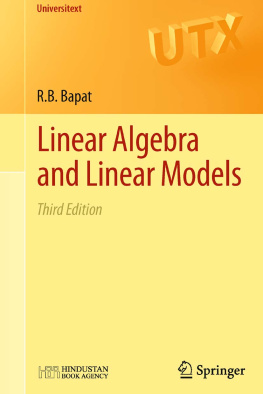

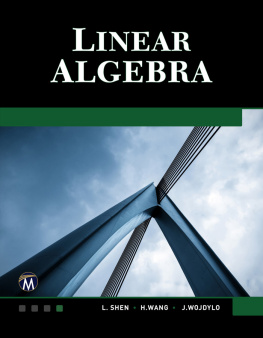
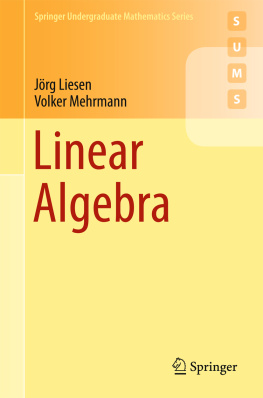
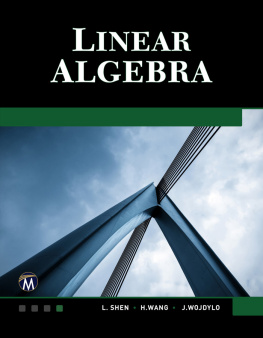
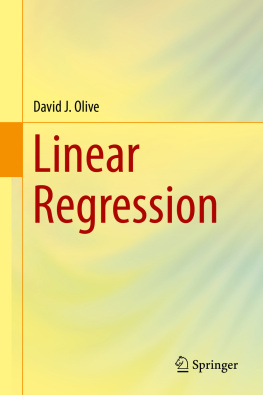
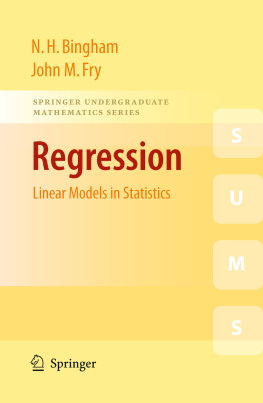
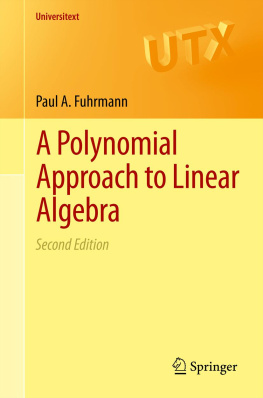


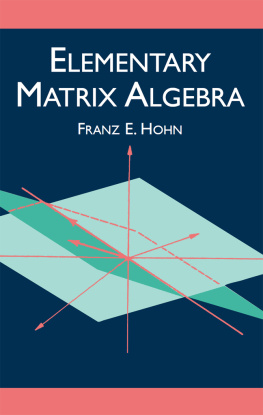
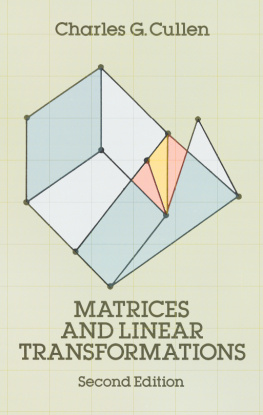




 denote rows of B , then
denote rows of B , then 

 . When i =1 for all i , this matrix reduces to the identity matrix of order n , which we denote by I n or often simply by I , if the order is clear from the context. Observe that for any square matrix A , we have AI = IA = A .
. When i =1 for all i , this matrix reduces to the identity matrix of order n , which we denote by I n or often simply by I , if the order is clear from the context. Observe that for any square matrix A , we have AI = IA = A .






